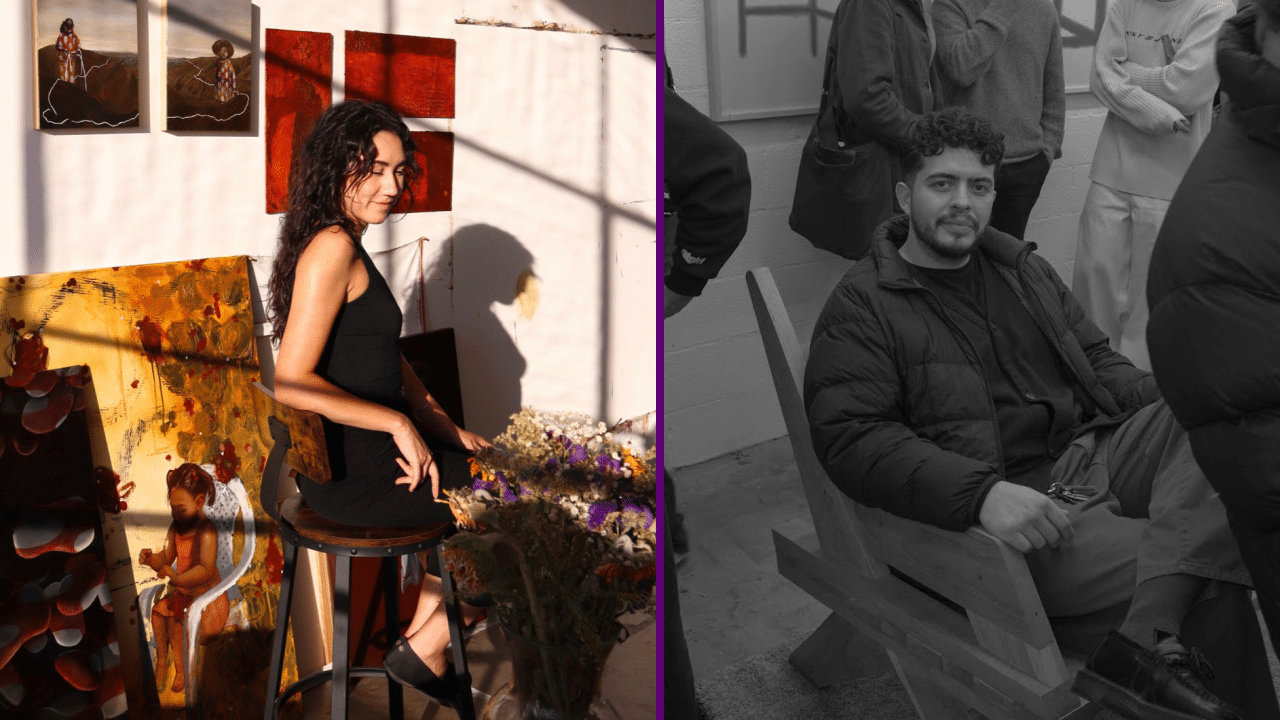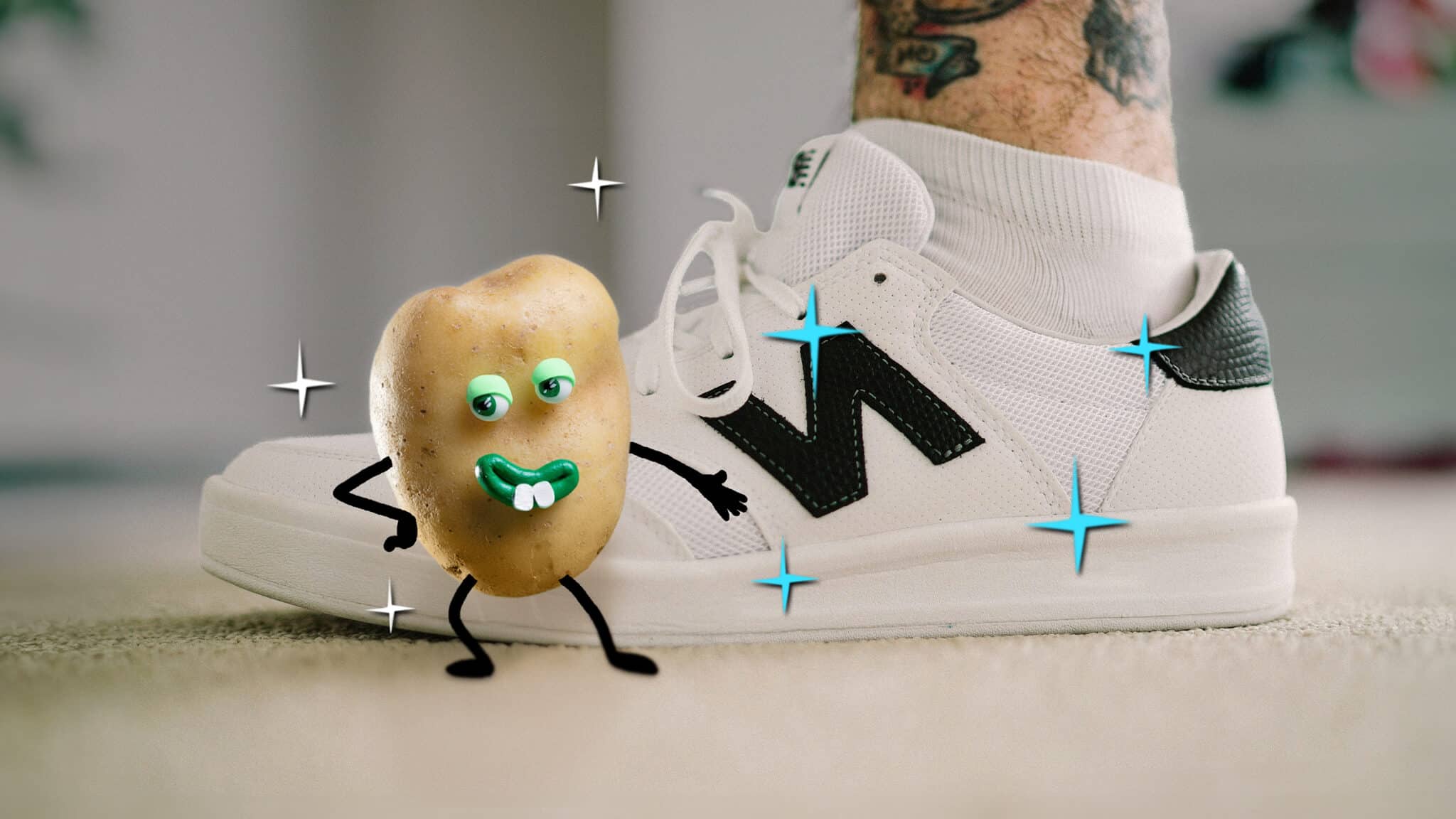Mattel Just Dropped A Barbie With Vitiligo And Another With Alopecia And This Has Me Tearing Up Y’all
The maker of the iconic Barbie doll just announced the launch of a lineup of diverse dolls featuring new skin tones, wheelchairs, and body types. The latest Barbie additions are a doll with the skin condition Vitiligo and another with a gold prosthetic leg —and we’re here for all this diversity.
“More skin tones! More body types! More unique looks” read the caption.
The new Barbie pals doll be part of the Fashionistas collection and it’s being labeled as the American toy company’s most diverse line.
“What makes us different, makes us beautiful”
The line features dolls with vitiligo, no hair, darker skin tones, in a wheelchair and a wide range of body types. These dolls are part of Barbie’s 2020 releases for its Fashionistas line, which, over the past five years, has introduced more than 170 looks showcasing different identities around the world in hopes of representing global diversity and inclusivity, according to a press release from Mattel.
Mattel launched a new Barbie doll with the condition vitiligo, which causes pigmentation loss in the skin.
To create the doll with vitiligo, Barbie worked with a dermatologist to ensure the condition was accurately portrayed. Viitiligo causes patches of skin to lose their pigment. Mattel said in a statement that a prototype of the vitiligo toy, which debuted on the Barbie Instagram page last year, became its most “liked” post ever.
Speaking of the Barbie with no hair, the company said:
“If a girl is experiencing hair loss for any reason, she can see herself reflected in the line.”
Last year, a doll with a prosthetic leg and another with a wheelchair joined the Fashionistas range.
The then 12-year-old Jordan Reeves, who co-founded the nonprofit Born Just Right — which develops “creative solutions that help kids with disabilities live a more enjoyable life” — helped inspire a doll with a prosthetic limb. Barbie’s 2019 Fashionistas line was also the first time it included a doll that uses a wheelchair. Other dolls in the 2019 Fashionistas line offered a variety of appearances, including braided hair texture and more realistic body types (smaller bust, less defined waist and more defined arms).
On Twitter people are happy about the new dolls.
Some are excited to see themselves reflected in Barbie form for the first time. “Heeeyy! That’s pretty sweet. I’ve had #vitiligo since I was little, and no one knew what it was,” wrote one Twitter user, “In recent years, I’ve seen high fashion models with it, and now this.. very cool.”
People with Vitiligo are finally feeling seen
Visibility for vitiligo is getting better thanks to models like Winnie Harlow and Amy Deanna. Due in large part to recent exposure to vitiligo through mainstream media, general understanding about and attitudes toward this condition are changing.
Perhaps the most well-known current face of vitiligo is Chantelle Brown-Young
The black fashion model, activist, and vitiligo spokesperson is also known professionally as Winnie Harlow. Winnie was diagnosed with vitiligo in childhood, and she revealed she was teased and bullied and at one point contemplated suicide. “The continuous harassment and the despair that [vitiligo] brought on my life was so unbearably dehumanizing that I wanted to kill myself,” she disclosed.
After competing on America’s Next Top Model in 2014, Winnie Harlow became a household name.
Winnie redefined global standards of beauty and, in her own words, accepting the differences that make us unique and authentic. She went on to speak at the Dove Self-Esteem Project panel at the 2015 Women in the World London Summit and was presented with the Role Model award at the Portuguese GQ Men of the Year event that same year.
Fashion brand Missguided unveiled a diverse range of mannequins in 2018—including one with Vitiligo.
The collection of mannequins included female figures of different ethnicities, in addition to highlighting skin conditions such as stretch marks and vitiligo.
Mattel is leading the charge for representation in the toy industry.
The American toy maker has incorporated more diversity in its Barbie range by offering dolls with different skin shades, eye colors, hairstyles and clothing. In 2017, the company introduced the first Barbie to wear a hijab.
Though Barbie dolls have long been overwhelmingly white and skinny, Barbie has made strides during the past five years to diversify.
Previously, Barbie dolls have drawn criticism for upholding a slim, white, domestic ideal. In 2019 though, more than half its doll selections were inclusive. According to a Mattel spokesperson, since 2015, the more than 170 new looks for Barbie have included 5 body types, 22 skin tones, 76 hair styles, 94 hair colors, and 13 eye colors.
Consumers have largely responded to these choices enthusiastically.
A curvy black Fashionista with an afro hairstyle was the top-selling doll during almost every week in 2019. “We are proud that Barbie is the most diverse doll line on the market that continues to evolve to better reflect the world girls see around them,” says Lisa McKnight, senior vice president and global head of Barbie and its dolls portfolio.




